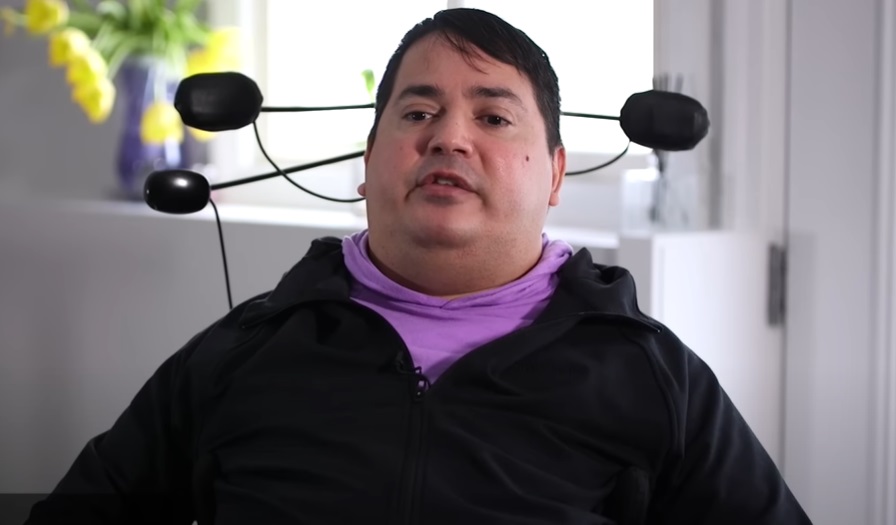A quadriplegic man’s feeling and movement were restored via a new AI-powered brain implant.
Although artificial intelligence has the potential to be detrimental to society, it’s simple to overlook the positive things the technology can accomplish. Keith Thomas, a guy who was paralyzed but has since regained feeling and movement because to an AI chip put in his brain, is one example of the latter.

In an extraordinary story of hope and innovation, Thomas, a New York resident, experienced a life-changing diving accident on July 18, 2020, which left him with severe spinal injuries to his C4 and C5 vertebrae. This tragic event resulted in the loss of all movement and sensation from his chest down. Nevertheless, a groundbreaking clinical trial presented a glimmer of hope for Thomas. Thanks to cutting-edge technology and AI-enabled chips implanted into his brain, he is now regaining some of the sensations he once thought were lost forever.
Over a year after the accident, Thomas was approached by the Feinstein Institutes for Medical Research to participate in a study aimed at restoring certain functions and sensations through innovative brain signal re-routing. The process began by meticulously mapping Thomas’ brain using MRIs to identify the precise regions responsible for arm movement and sensory perception in his hands. This groundwork paved the way for a 15-hour surgery, during which Thomas was partially awake, to implant the AI-enabled chips. Two chips were dedicated to facilitating movement, while three others were placed in the region responsible for touch and feeling in his fingers.

External ports were also installed on Thomas’ head to facilitate the connection between the brain implants and a computer running advanced AI algorithms. These algorithms interpret Thomas’ brain activity and translate it into physical actions, creating what is known as “thought-driven therapy.” By simply thinking about moving his hand, the implants transmit signals to the computer, which then stimulates movement in his spine and forearm muscles using non-invasive electrodes.
To restore the sense of touch, sensors were strategically placed on Thomas’ fingertips and palms. These sensors transmit pressure and data to the relevant region of his brain responsible for sensation.
The therapy initially requires Thomas to remain connected to the computer system. However, researchers have observed signs of progress even when the machine is switched off. Thomas has experienced a remarkable increase in arm strength, and he is now sensing new feelings in his forearm and wrist. The hope is that with continued use of this groundbreaking therapy, he will regain even more movement and touch. Moreover, the potential impact of this technology goes far beyond Thomas, as it holds promise for over 100 million individuals worldwide living with paralysis or impaired movement.
Reflecting on his journey, Thomas expressed overwhelming gratitude for the newfound ability to feel someone holding his hand. He recalled a time when he questioned his will to live, but now he finds immense value in this cutting-edge technology. Thomas firmly believes that if this therapy can help someone else in the future even more than it has helped him, then every effort is truly worthwhile.
